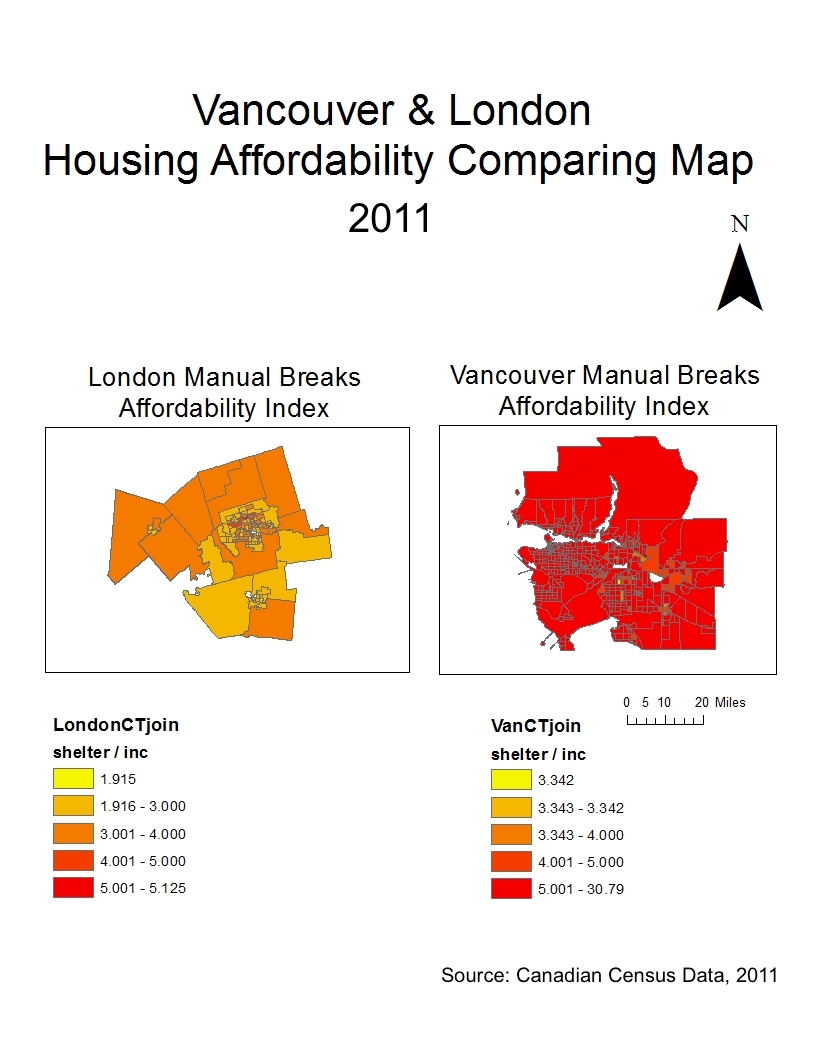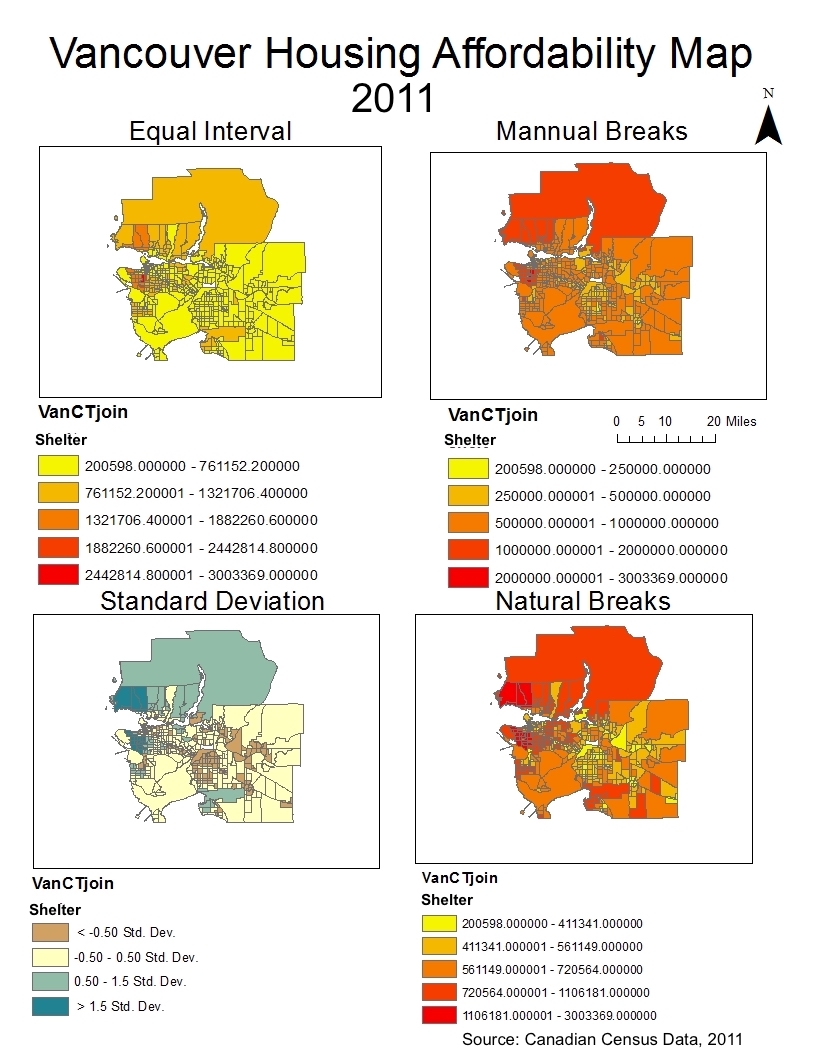
For this assignment, I work in the community garden office of the City of Vancouver, with proposing a new site in the City of Vancouver where a potential community garden could be located on public lands (conversion of a section of a park; city boulevards; vacant lots; land around transit lines (major roads, rail and light rapid transit)).
I prepared
1. a one-page map of the outline of the proposed site in that you will compile digitally in Google Earth Pro;
2. a report for your manager on the pros and cons of urban agriculture generally and of this garden location specifically (include rough yield/cost calculations); include in this a description of the specific benefits that should be communicated to local residents within a 1 km radius.
By using the City of Vancouver community gardens website (http://vancouver.ca/people-programs/community-gardens.aspx) and a map of existing gardens, I located a community garden gap in the Arbutus Centre neighbourhood. In order to illustrate why this region is in need of a community garden, where to put the new community garden, and what are the benefits of proposing a new community garden, I did some research on the demography and land-use of this region in accord with the general benefits of building community gardens.

